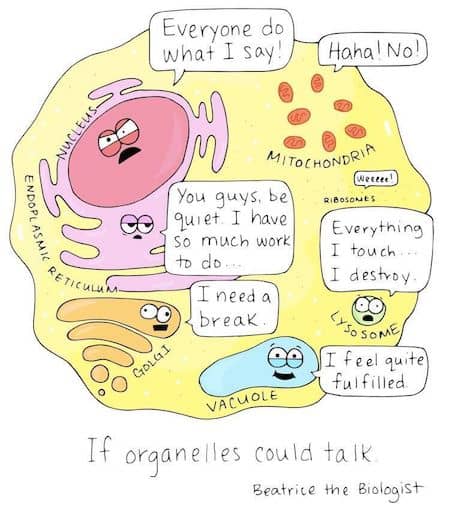Cells in the human body are incredibly numerous and diverse. There is so much we can learn by observing cell behavior. We are still learning new information about the field of cellular medicine every day.
One interesting aspect of cell behavior is the way cells handle risk mitigation. Cell populations use diversification to improve their ability to weather potential dangers from the environment.

Cell Risk Management
When a living cell is exposed to an unfamiliar environment, it is also exposed tof new substances, many of which could potentially be hazardous to its health. Cell populations prepare for such a possibility by making changes to the ways they respond to stimuli. Each cell possesses certain sensory receptors that can be triggered by elements of the environment, putting them on full alert.
However, cell receptors are limited in what they can perceive. Since the cells can’t predict what sorts of dangers might be present, they manage the risk by making changes to the receptors so that each cell can detect something different. The more diversity present among cell receptors, the better equipped they will be to detect any hazards, effectively lowering the risks present.
New Findings
Knowledge of cell receptor diversification behavior is not new. However, said knowledge has come with assumptions and understandings that are now being challenged. Changes are rooted in new findings of how cells alter their receptors.
It was previously thought that cells could make these changes occur by causing certain receptors to degrade while producing new ones. However, this process is very slow, making it far less effective in practice. Now, researchers from Yale University and AMOLF of the Netherlands Organisation for Scientific Research, have reason to believe that there is a great deal more to this picture. Their findings, which were published in November of 2020, revealed that cells could make these changes far more quickly and effectively than we thought through a different mechanism. How was this discovery made?
Mathematical Model Provides New Insights
For the purposes of the study, the scientists observed the behavior of E. coli bacterial cells. They demonstrated that, when environmental signals were scarce, the cells showed a high diversity of receptors. Due to a lack of information regarding their surroundings, it made sense for the cells to try to prepare for every possibility. Conversely, the more environmental signals present, the less the diversity of the receptors, as the cells had access to more information about potential dangers. In both cases, the changes occurred within a brief period, which contradicted prior assumptions about cell behavior.
The team then used a mathematical model that enabled them to better observe the process of diversity tuning and what sorts of cell interactions triggered this behavior. They found that instead of simply breaking down and replacing the receptors, cells were able to modify existing receptors by way of protein-protein interactions. This behavior is believed to be the key to rapid receptor diversification.
Future Implications
Thanks to the research by this team, these observations have enormous implications for our understanding of cell behavior across a wide variety of organisms. In addition, researchers believe the information could be the key to unlocking new information about the cells in our own bodies. In the future, these findings could help researchers learn more about disease prevention and treatments linked to cell receptor diversification.
Resources:
https://advances.sciencemag.org/lookup/doi/10.1126/sciadv.abc1087
https://phys.org/news/2020-11-dynamic-cell-populations.html
